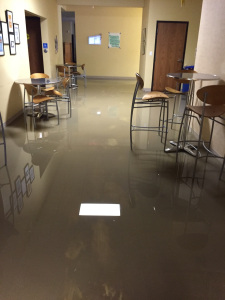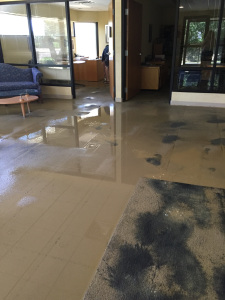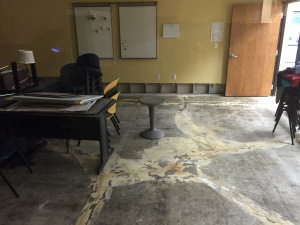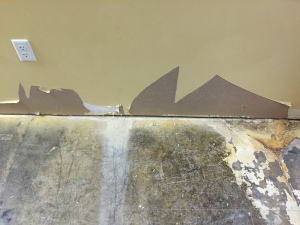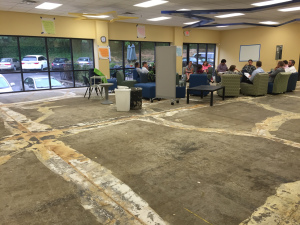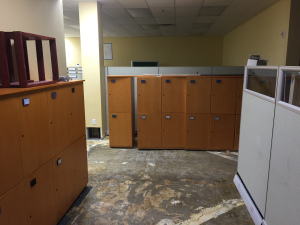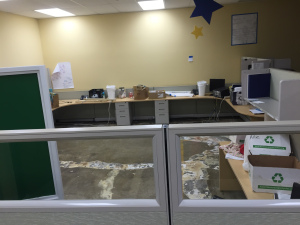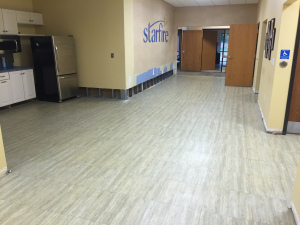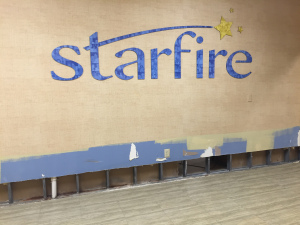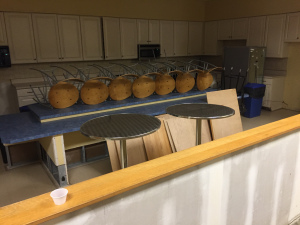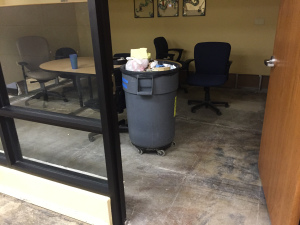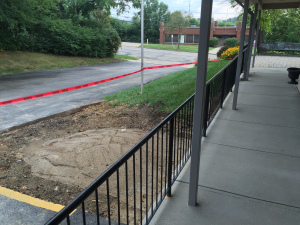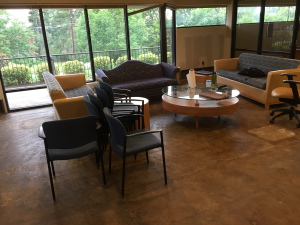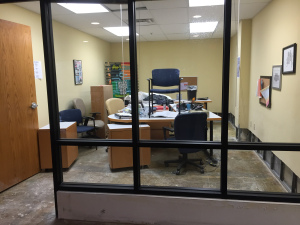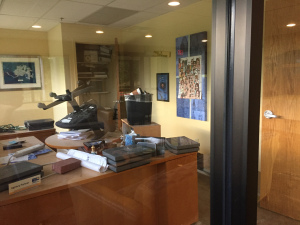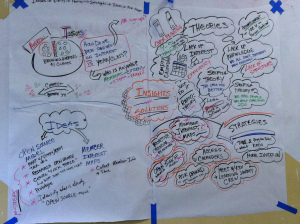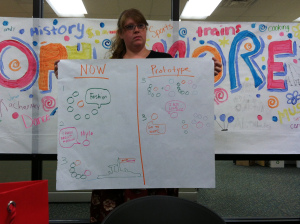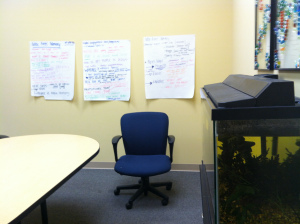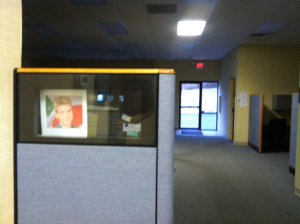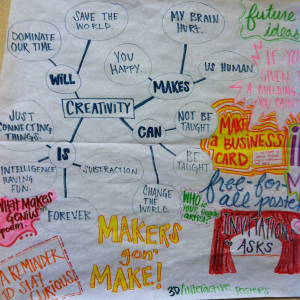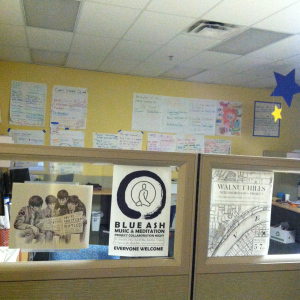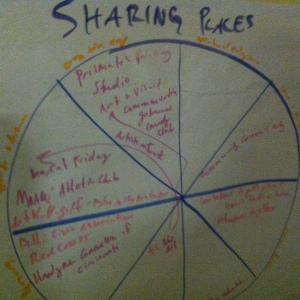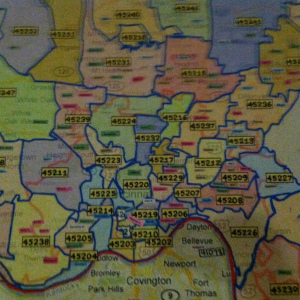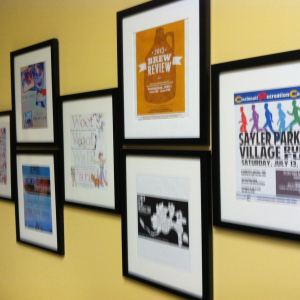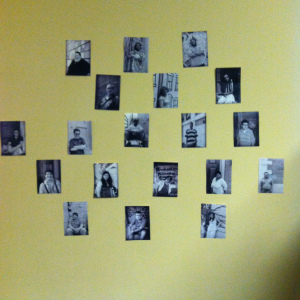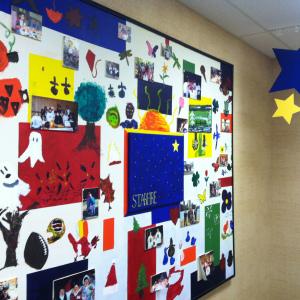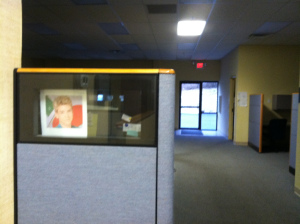…Wow… with over 11,000 views and 80+ shares of our newsletter in a matter of 24 hours, we’re grateful for everyone’s expressed concern and support. Keep sharing, and thank you for building the future with us!
Starfire’s November Update | A Future Worth Working For
Two months from now, Starfire will lose $83,000 per year in funding. United Way, a long time partner, explained that we had “excellent” outcomes, “excellent” innovation and we are “setting the pace for the future of disability work.” But our work “doesn’t align” with their Bold Goals, so this leaves them with the decision to end their support. The news caught us by surprise and left us with a lot of questions.
Most importantly, we are wondering, “Who will ‘align’ with people with disabilities and their families?”
Over the past six years, we’ve shown the way for hundreds of citizens to build caring, mutual relationships with people with developmental disabilities. These are the people who will celebrate birthdays together, check in on each other when they are sick, and keep each other safe over a lifetime together. These are the people who will open the doors to employment or the chance to gain skills needed to take the next step. These are the people who will make the biggest difference in the lives of people with developmental disabilities, but only if Starfire works to help them know each other in the first place.
We know how important this work is. That’s why Starfire will continue to align with people with developmental disabilities, rather than shifting our work to align with United Way’s Bold Goals. We cannot get distracted by dollars or outcomes that don’t contribute to a future that is worth working for. We believe that our work is the only way out of a culture that continues to perpetuate loneliness and isolation. We have our sights set on the bigger dreams for full lives that people with disabilities and their new allies are creating together.
Our work, then, is to redefine the way people with disabilities are seen in our communities, and to help heal the wounds of separation they are experiencing through loving and respectful relationships. It is through this work that meaningful and lasting contributions can be made, and a good life for all of us can be reached.
Starfire is poised to serve 100 people with developmental disabilities in a completely personalized and respectful way by 2018, with the enthusiastic support of many funders, families, and private donors like yourself. They are excited about our outcomes and innovation. Now more than ever, we are asking you to align with us, and here’s how you can do it:
– Fundraise with us. Share this post with your friends and family and ask for their support!
– Donate. Help us reach our Annual Giving fundraising goal of $200,000 by December 31st to support our good work in 2016. http://starfirecouncil.org/make_a_contribution
– Get connected to someone’s story. Comment here and ask to learn more about how you can join the many in this city building life-changing bonds with people with developmental disabilities.
– Buy Art. On November 27th head to Pendleton Art Studios to find the perfect gift. Proceeds will go to benefit Starfire!












